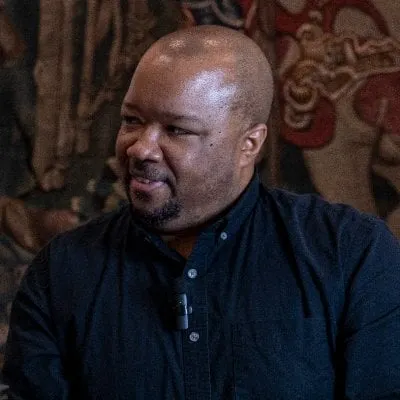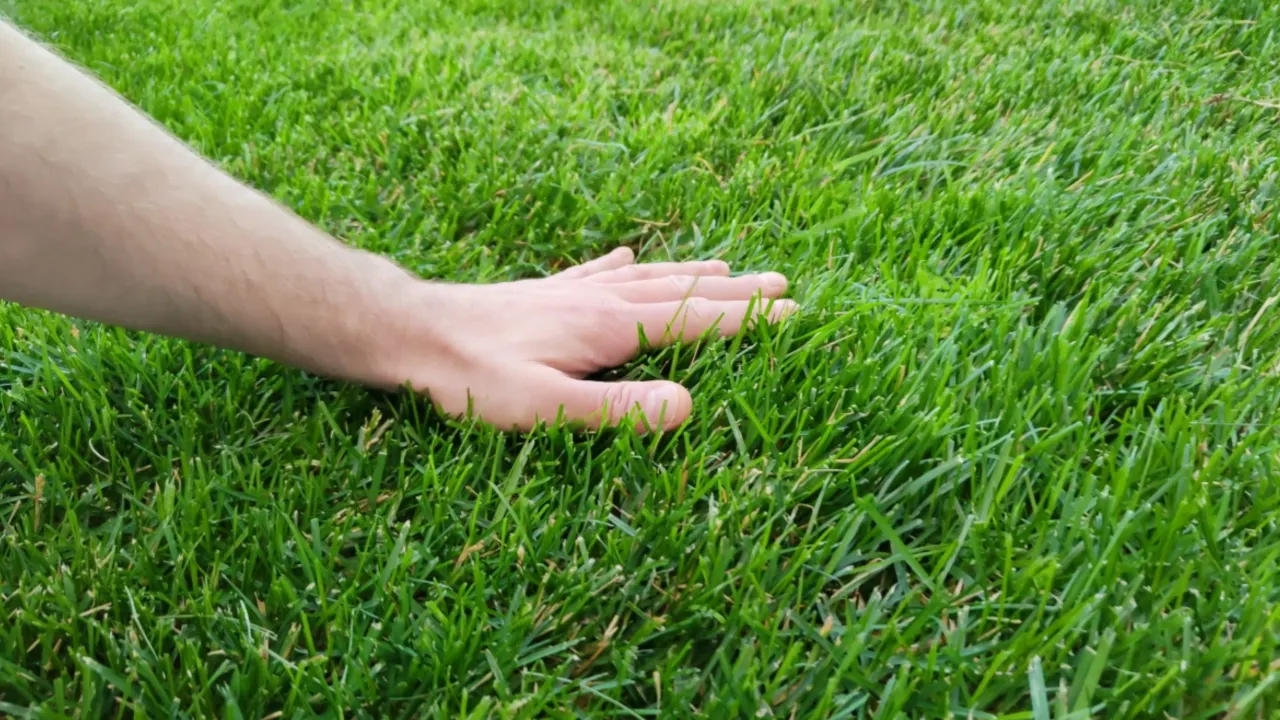Bitcoin and its proof-of-work algorithm have long been criticized for its excessive energy consumption by environmental groups. A new Bitcoin layer-2 staking network called Social Network aims to change this using an Ethereum Virtual Machine (EVM) and an NFT-based mobile scavenger hunt tied to its mainnet launch.
While some Bitcoin fans may jump at the chance to own another digital collectible, Social Network—a network for earning staking rewards, not a "social network" in the Facebook/Twitter-like sense of the term—says its aims are more socially beneficial.
“Social Network is one of the projects we're contributing to the most right now, which is trying to create a new decentralized social network incentive system that essentially makes social networks a public good again—and less about making private companies a lot of money,” Earth Wallet founder, CEO and Core Contributor to Social Network Sukhveer Sanghera, told Decrypt in an interview.
Launching April 22, Social Network, developed in partnership with Bitcoin and Ethereum self-custody platform Earth Wallet, aims to enhance Bitcoin transactions, lower costs, make the network more energy efficient, and get crypto users out of the house and into nature.
“Essentially, the way you can become a part of Social Network and this movement that we're hoping to create is by going and touching grass,” Sanghera said. “So, you can download Earth Wallet today, and it will route you to your closest park where you can catch a Regens character and you can become a part of this fair launch,” he said, likening the project to Niantic Labs' wildly popular Pokémon Go.
As Sanghera explained, upon visiting a park, players will see a "touch grass" button upon opening the Earth Wallet app. Tapping this button switches the app to an augmented reality (AR) mode, revealing region-specific NFT characters that users can attempt to capture by pressing and holding on them. Additionally, the distribution of these NFTs varies according to the population density and energy consumption in different countries or areas.
Exciting news! Bitcoin Blocks #9 & #78 are now home to Regens! 🧡
Check your claim 👉 https://t.co/9BHzkfeYhu
Congratulations to the top 108 early builders, leaders, testnet Bitcoin stakers, and engaged community members for making history with us! 🎉
Guaranteed claims will be… pic.twitter.com/wNrGW9h74C
— Social Network (@socialnetworkL2) March 28, 2024
With a background in aerospace engineering, Sanghera said he first saw a need for an environmentally friendly option for cryptocurrency after seeing how much energy it took to be a profitable Dogecoin miner in 2014.
“It's still a problem today that we're still using a ton of energy for things that could be used elsewhere,” he said. Underpinning Social Network is the eBTC token used for staking rewards paid out from layer-2 transaction fees.
According to Sanghera, Social Network recently completed the launch of 369 Regens on Bitcoin block 9. Block 9 is significant because it was mined by Satoshi Nakamoto in 2009. Sanghera explained that this distinction is important to ensure the Social Network remains a decentralized, leaderless movement, and the protocol stays aligned with its core mission and values.
Social Network opened early access to its global fair launch to 10,000 testnet contributors and 369 Bitcoin Regen holders on April 1, and next will open it to the public on April 14.
While Regens utilizes the Ordinal inscription protocol, Sanghera said he understood why some in the Bitcoin community said the popular digital collectibles protocol is not the best use of the Bitcoin blockchain. Some Bitcoin maxis have gone as far as calling inscriptions spam on the network.
“They have valid concerns about Bitcoin Ordinals; I think the software is poorly architected,” he said. “I agree bringing media on Bitcoin is good; it adds more utility and use cases, but the architecture of Ordinals is spamming Bitcoin nodes. There's better ways to do it, and that's what we're solving with Social Network."
As Sanghera explained, Social Network intends to promote a fair global distribution and reiterate the project’s commitment to aligning technology with healthier incentives for the internet. Sanghera does, however, acknowledge that getting Bitcoin maximalists onboard with using an Ethereum-based solution is an uphill battle.
“I think maximalists are a little bit toxic to society in general," he said. "If they want to see Bitcoin become a global monetary system, then they need to open their eyes and look at the world and the problems that the world has—and try to solve some of the societal issues that are going on. Because money is just a tool that we use to build a better society."
Despite this, Sanghera emphasized a tremendous respect for Bitcoin Core developers, and is optimistic that environmentally conscious Bitcoiners will see the value in what the Social Network and Earth Wallet are attempting to do—and come onboard.
“Bitcoin is supposed to be the future of money,” Sanghera said. “And for that to be true, it needs to be beneficial to all of society, not just a small subset of finance people.”
Edited by Andrew Hayward

